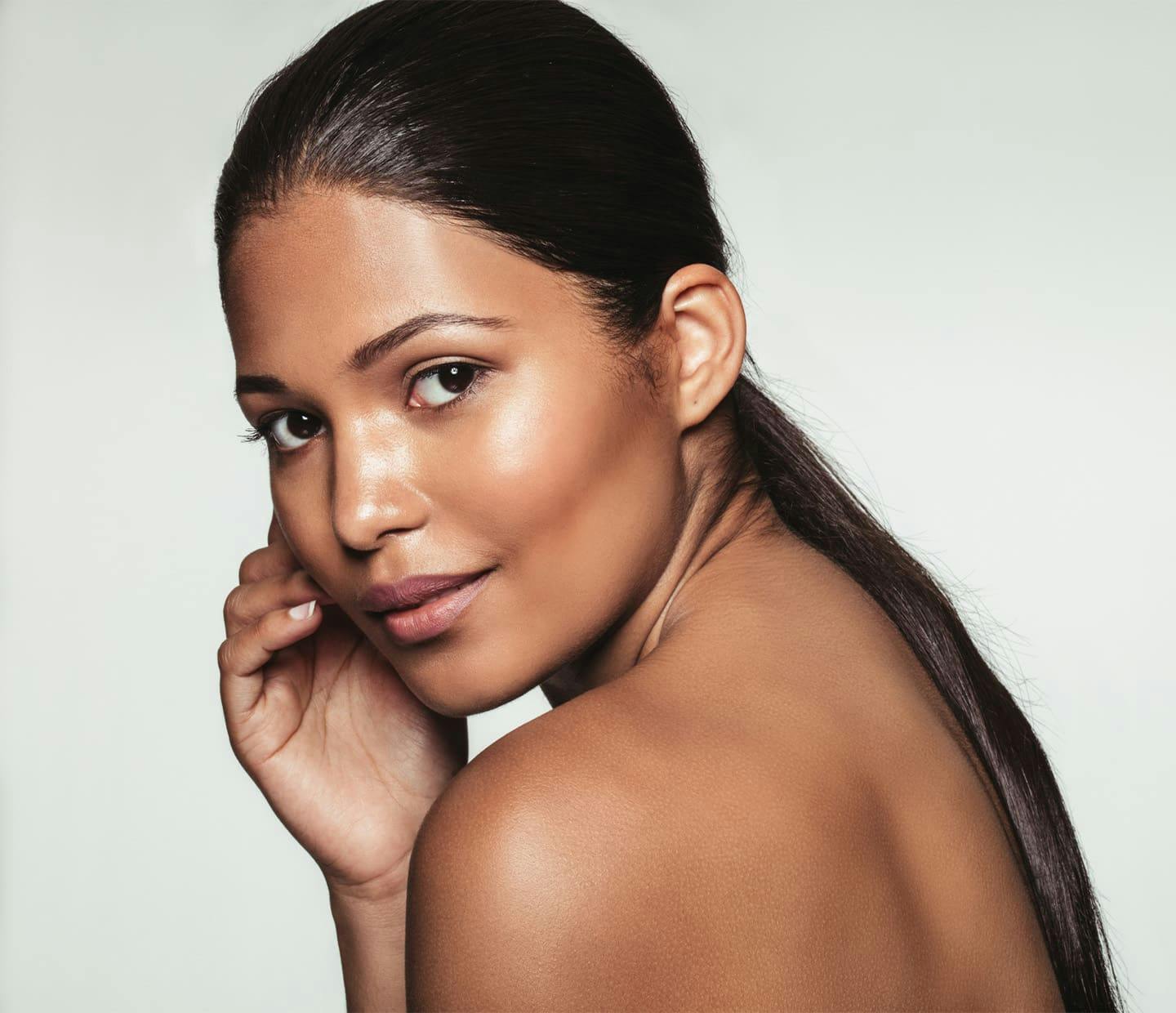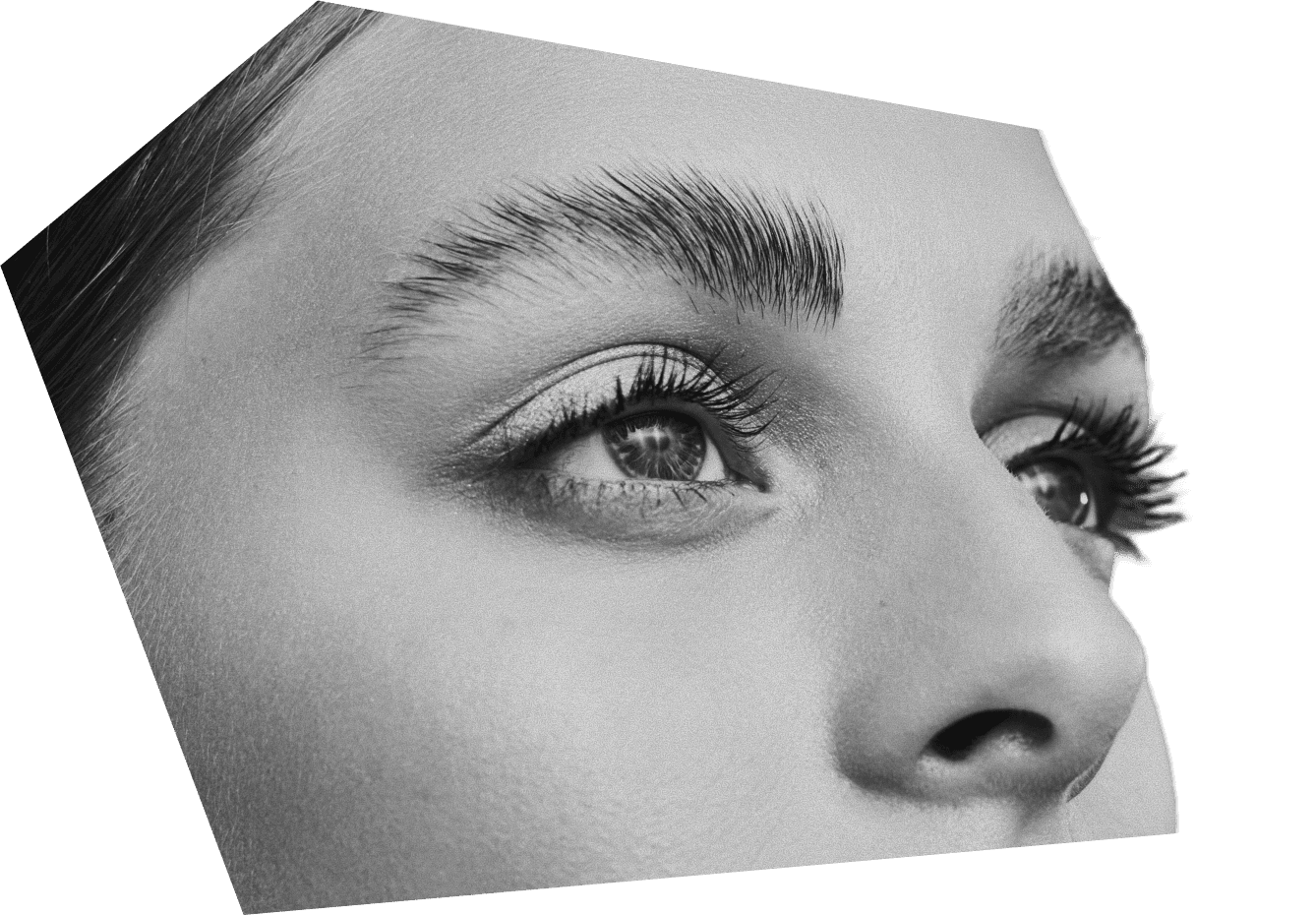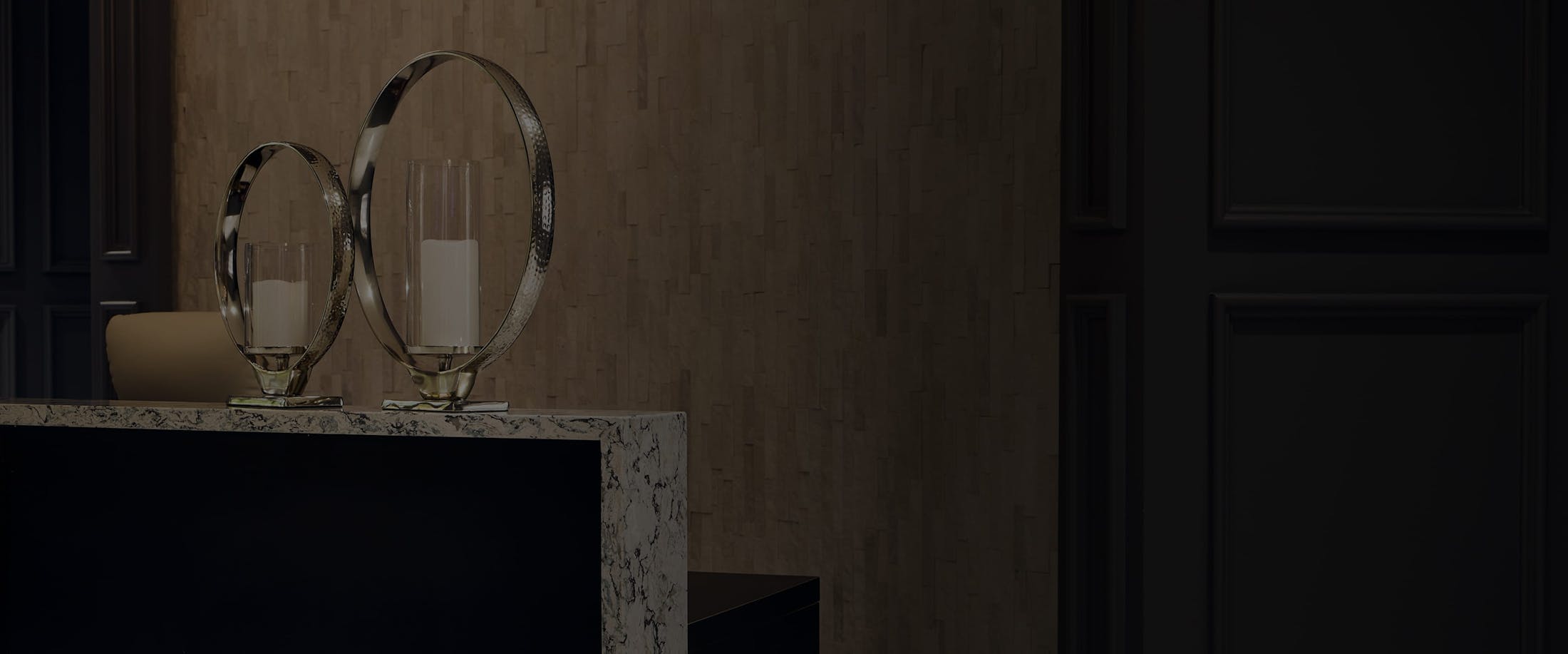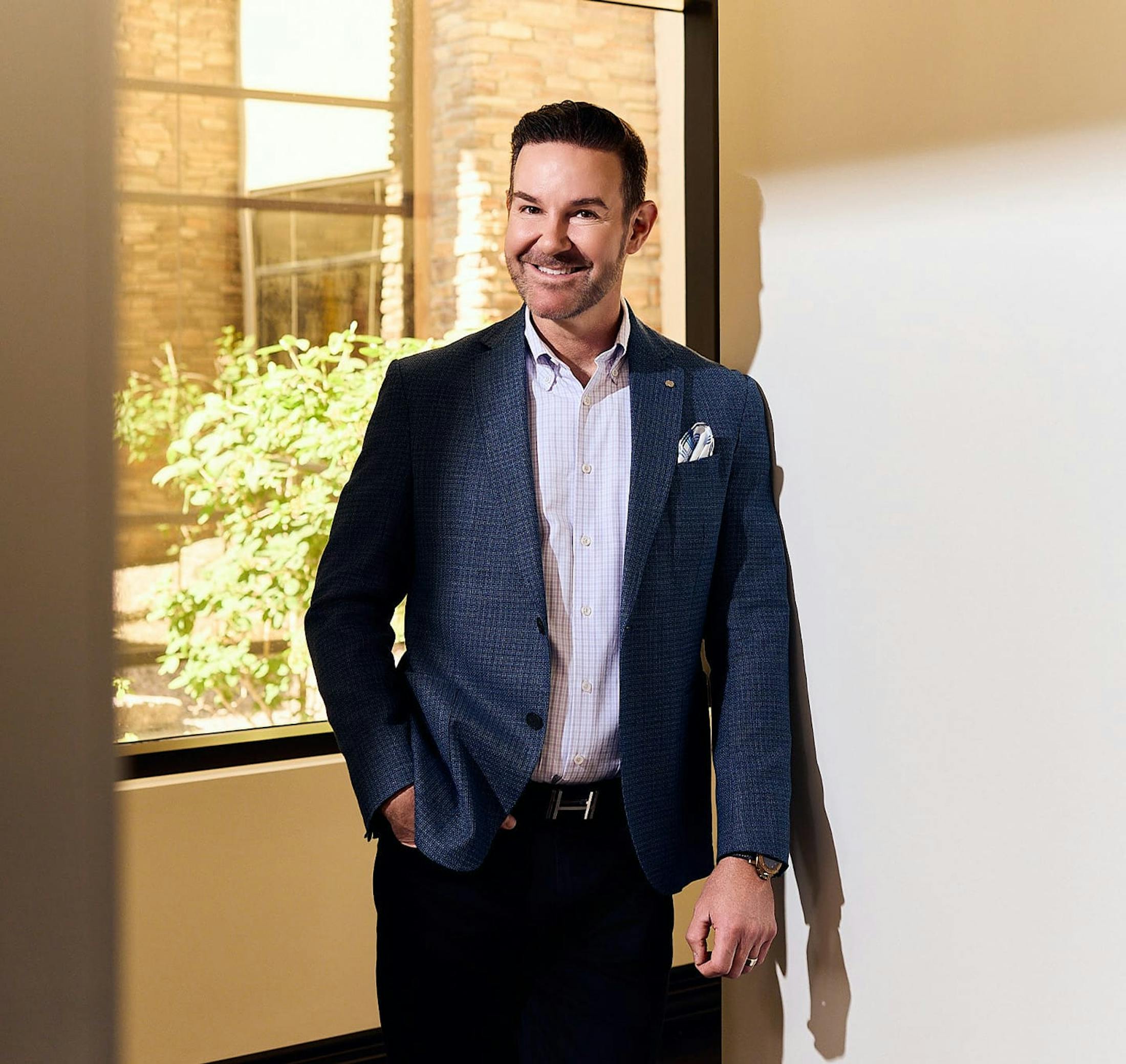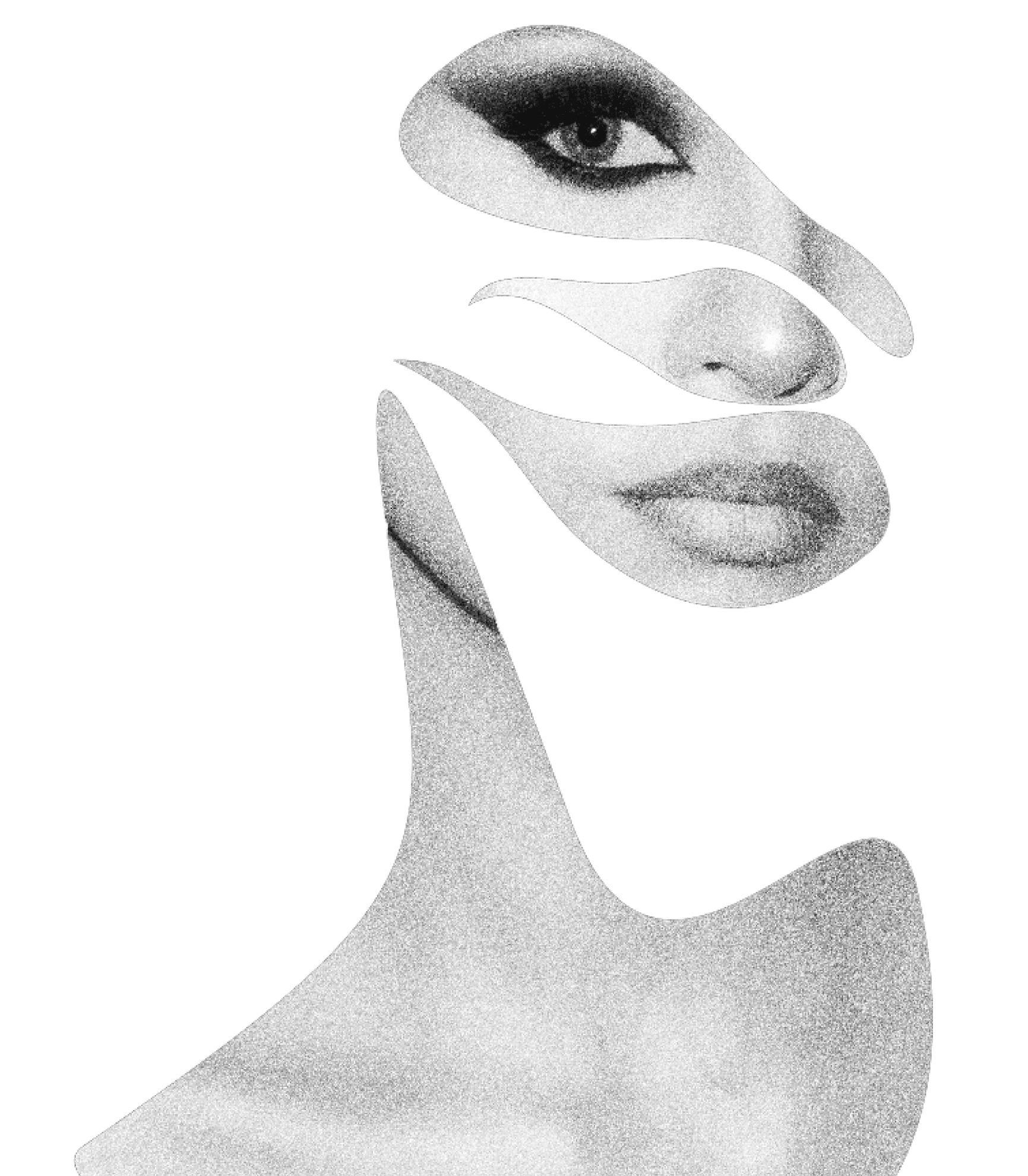Ethnic rhinoplasty enhances nasal form and function while honoring your natural features—achieving balanced, personalized results without compromising identity.
What Is Ethnic Rhinoplasty?
Rhinoplastyor nose surgery, improves the shape and size of the nose and can drastically enhance a patient’s already attractive facial features. Each patient has distinct characteristics that vary depending on ethnicity. Some examples include:
- Nostril size and shape
- Nasal width
- Skin thickness and elasticity
- Cartilage strength and thickness
- Bridge height
Unfortunately, for most of plastic surgery’s history, surgeons performed the procedure to make the nose more closely resemble that of a Caucasian person. This meant patients of other ethnicities risked sacrificing the aesthetics of their unique heritage if they wanted to improve other aspects of their nasal appearance.
